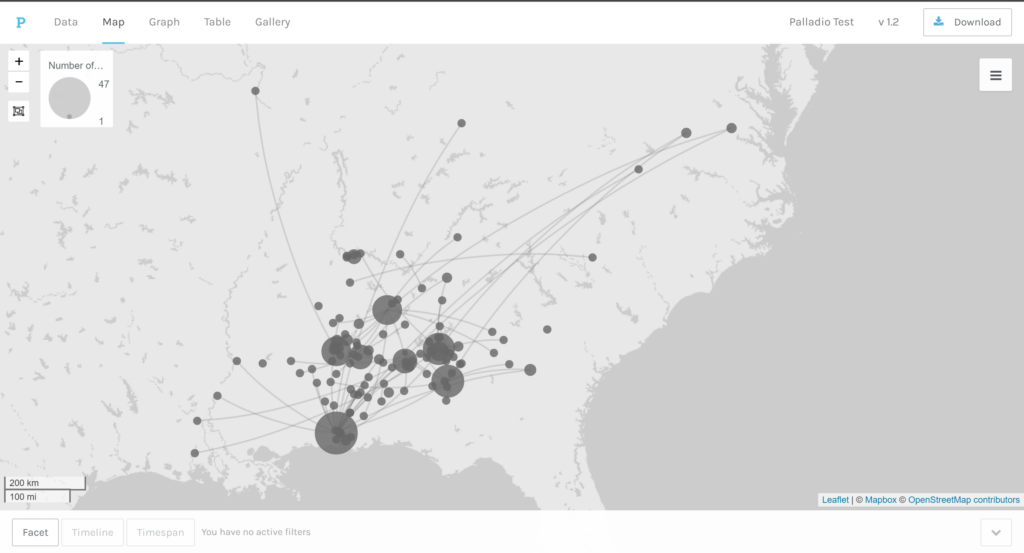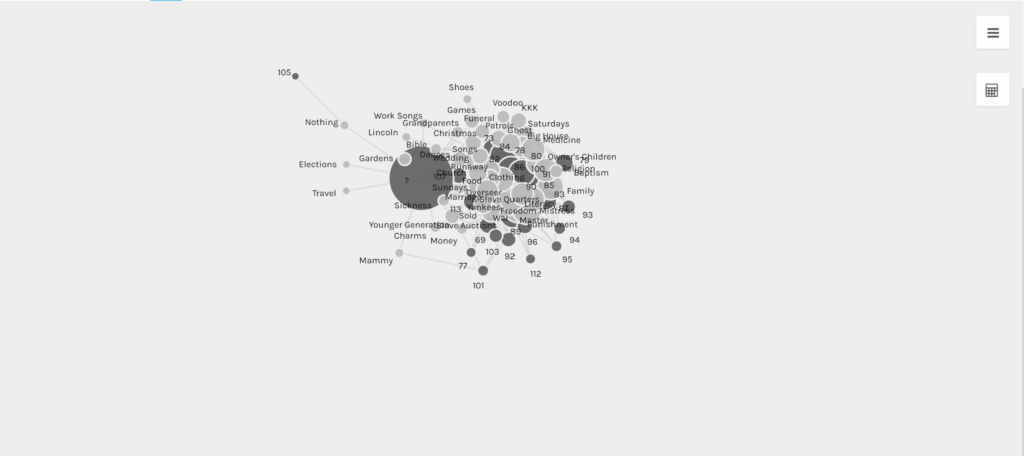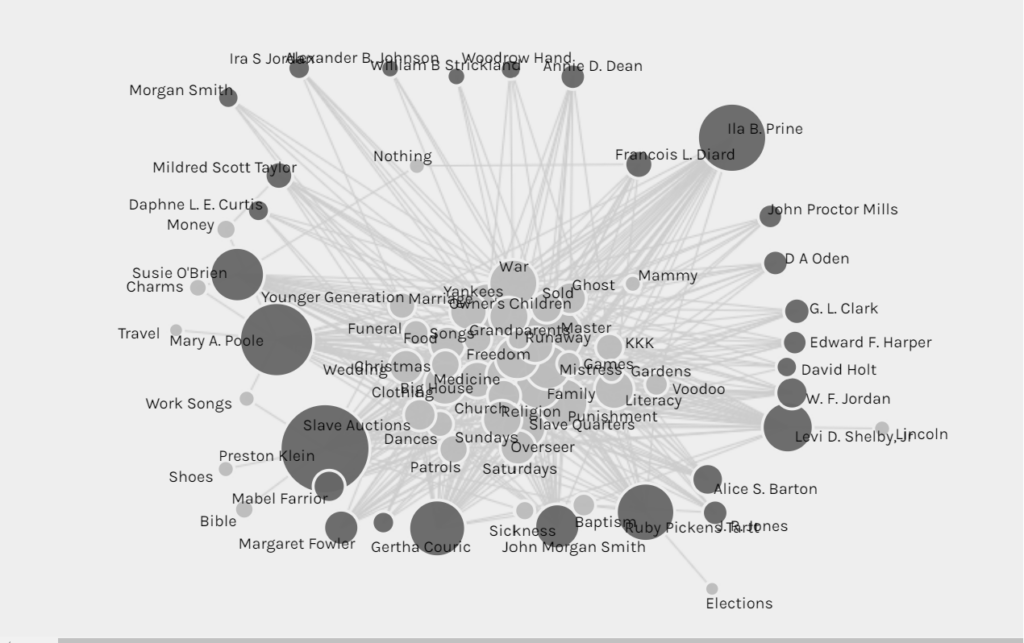Research related to personas and technology have made me reconsider the needs of my target audience and my engagement strategies. The focus of my Public Digital History Project is the infamous American General and turncoat Benedict Arnold. I was hoping to create a website dedicated to offering content and interpretation on the historical figure such as wartime correspondence, periodicals, biographies and narrative histories. By learning about personas, I have carefully considered in what ways I will cater to a potential audience. Technological changes with social media have also allowed me to consider the impact technology will have on my project’s audience engagement.
According to Interactive Designer and User Researcher, Shlomo “Mo” Goltz, “a persona is a way to model, summarize and communicate research about people who have been observed or researched in some way.” More specifically, a persona is a character who is created to represent “a specific portion of people in the real world and enables the designer to focus on a manageable and memorable cast of characters” (Goltz). The purpose of personas are to enable designers to create projects that will be of interest to a certain demographic. In my case, I can create personas who are based off of my target audience of secondary educators and students. The needs of these personas will surround issues related to teaching strategies, classroom learning, scaffolding, curriculum standards, student media literacy and students’ social studies proficiency skills.
Internet and technology research will also change my approach to my final project. The Pew Research Center has presented research findings related to American social media and internet use amongst teens. One research article determined that YouTube is the most “Widely used online platform” while TikTok has grown its user base to 33% in recent years. This information is significant as young adults lean more towards the use of social media like TikTok and “95% of all teens report having access to a smartphone.” Secondary students are more likely to engage with technology that is social, especially since a majority of teens use “TikTok (63%), Snapchat (60%) and Instagram (59%).” By considering this information, it may be a good idea to include some type of socialization on my prototype website to allow users to engage with one another.
In short, mobile connectivity and social media have drastically changed in recent years. This impact will only grow as time goes on and will change the way public history curators engage with a potential audience. As a result, personas will be used more widely to determine the wants and needs of a certain demographic.


